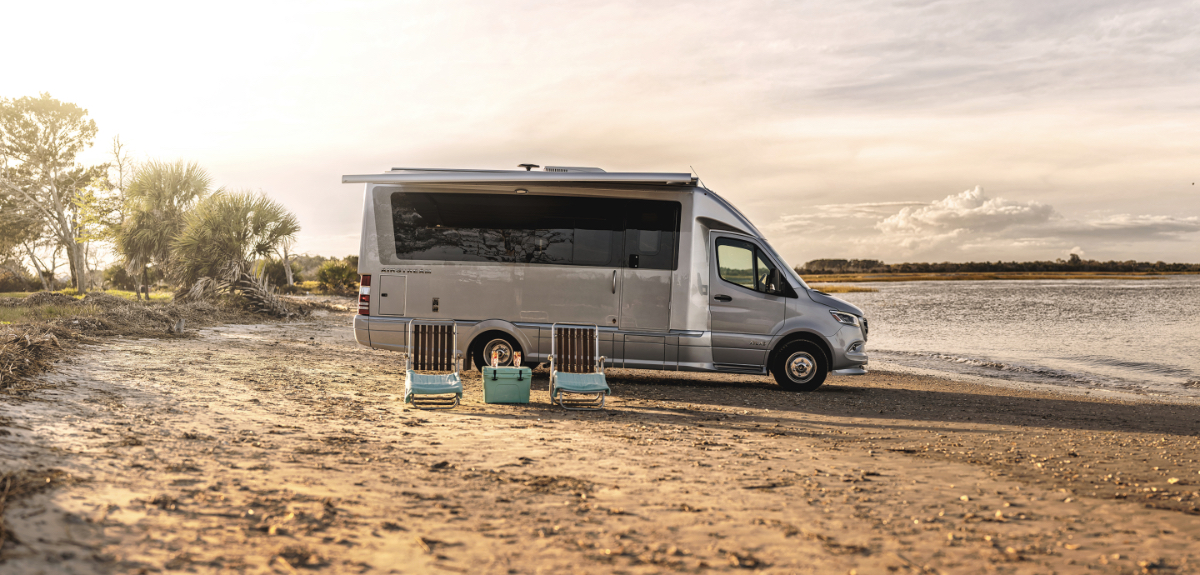Why You Should Have a Tire Pressure and Temperature Monitoring System on Your RV
Safety and Convenience in One System
Image Caption:
What comes to mind when you think of the most important part of your RV? Your appliances? Your motorhome’s engine? The bed you sleep on? It’s likely not your tires, but it probably should be.
Here’s the thing, without your tires, your RV wouldn’t go anywhere. Your RV’s tires are the only part of the rig that actually touches the ground and they’re integral to each and every mile you cover.
For this reason, they’re extremely important for each and every trip. Also, if you have a blowout due to incorrect tire pressure or excessive temperatures, then you could be in for an unsafe scenario and likely an accident—so they’re important for safety, too.
Proper tire maintenance is key, but tire maintenance can be a pain. To make life a little easier, it’s smart to install a tire pressure monitoring system (TPMS) or a system that measures tire pressure and tire temperature.
In 2007, the automotive industry made TPMS mandatory on all new vehicles. However, RVs were excluded from this mandate. While some RVs will come with a TPMS installed from the factory, there are still plenty out there that don’t.
Why Install a TPMS?

Image from Getty
Tire pressure monitoring systems take the guesswork out of tire care. They let you know how much air pressure is in each and every tire on your rig. While you can always check this by hand with a tire pressure gauge, we all know that’s a chore. The easier thing to do is let a TPMS do it for you.
Tire pressure monitoring isn’t just for low tire pressure levels it’ll alert you of tires that are overinflated, too. Tires with too high tire pressure are more susceptible to punctures and blowouts. Going too far one way or the other can impact ride and handling, so you’ll want to make sure your tires are right where the manufacturer says they should be.
The Best Systems Have Temperature Monitoring, Too
The other side of the TPMS system is that many of the modern systems out there—like Tire Linc from Lippert™—not only monitors the air pressure of your tires, but it also tracks tire temperatures.
Tire temperature can be an important metric to track when you’re traveling a lot. Tires will naturally heat up under operation, but you need to ensure they stay within a certain range so you don’t experience a blowout.
RV tires aren’t designed to be run at the same speeds that automotive tires are, and driving at excessive speeds of what the tire is rated for can cause them to overheat and fail.
A Quick Install and Easy Way to See the Tire Information

Image from the Manufacturer
Perhaps one of the biggest advantages to a modern TPMS system for your RV is that you can see everything wirelessly. For example, Lippert’s Tire Linc system can connect and display information through a smartphone app.
This app not only interfaces with your smartphone to show you the status of your tires in real-time, but it will also alert you in the event of a tire sinking below or above the specified ranges.
This means you don’t have to go into the app and look for yourself. The system will keep tabs on your tire status for you.
Also, installation for these systems is extremely easy. It’s something you can do yourself quickly in most cases. That short install time will save you a lot of time down the road, which means you can spend more time traveling and less time on maintenance and care.





